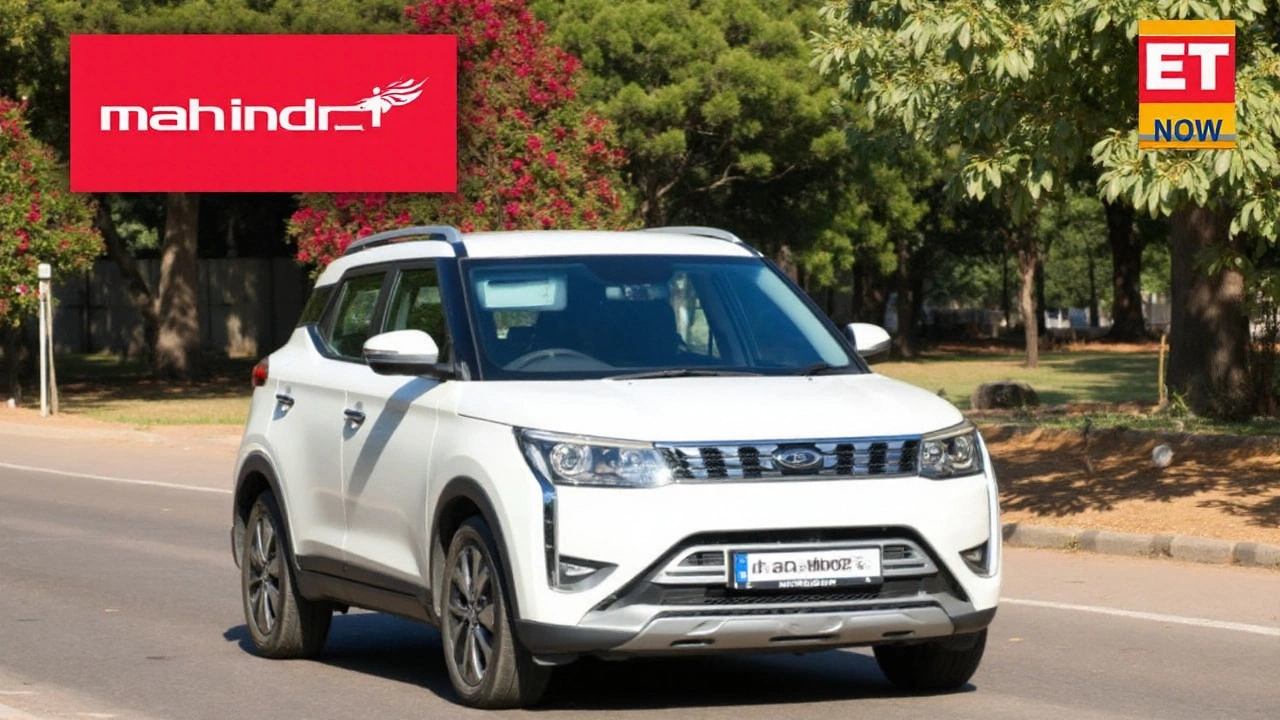Mahindra XUV400 EV – Complete Guide to Features, Price, and Buying Tips
If you’re hunting for an electric SUV that blends Indian road reality with modern tech, the Mahindra XUV400 EV deserves a close look. It’s Mahindra’s first all‑electric version of the popular XUV400, and it’s built to tackle city traffic, highway stretches, and the occasional pothole without breaking the bank.
What makes the XUV400 EV stand out is its balance of price and performance. While many electric cars in India start at a premium, the XUV400 EV aims to stay within reach of middle‑class families who want to go green without sacrificing space or comfort.
Key Features and Specs
The XUV400 EV rides on a 72 kWh lithium‑ion battery that delivers a claimed range of about 300 km on a single charge under mixed driving conditions. Real‑world testers often report around 250–270 km, which is still enough for daily commutes and weekend trips.
Charging is straightforward: a standard AC home charger (7 kW) can fill the battery overnight, while a fast‑charge station (50 kW) tops up to 80 % in roughly 45 minutes. Mahindra also offers a portable charger for those who need a quick boost in a parking lot.
Under the hood, the electric motor produces 150 hp and 260 Nm of torque, giving the SUV a peppy feel in city traffic. The instant torque means you can merge onto highways without a lag. On paper, the top speed is limited to 150 km/h, but most drivers will never need that much.
Inside, the cabin feels familiar with the XUV400’s design language – a large touchscreen infotainment system, automatic climate control, and a digital instrument cluster. What’s new is the energy‑monitoring dashboard that shows real‑time consumption, range predictions, and charging status.
Buying Tips and Real‑World Insights
Before you sign the paperwork, think about your daily mileage. If your typical drive stays under 200 km, the XUV400 EV will likely meet your needs without range anxiety. For longer trips, plan stops at fast‑charging stations along the route. Mahindra’s network is still growing, but major highways now have several partner chargers.
Consider government incentives. Many Indian states offer subsidies, reduced road tax, or exemption from registration fees for electric vehicles. These can shave off a substantial amount from the on‑road price, which currently hovers around ₹13.5 lakhs for the base variant.
Maintenance on an EV is simpler – no oil changes, fewer moving parts, and regenerative braking that reduces wear on brake pads. However, keep an eye on battery health; Mahindra provides a ten‑year or 150,000 km warranty on the battery pack, which adds peace of mind.
If you’re comparing alternatives, look at the Tata Nexon EV and the MG ZS EV. Both sit in a similar price bracket, but the XUV400 EV offers a roomier third row (optional) and a slightly higher torque figure. Test drives will reveal which feel best for your driving style.
Finally, think about the resale market. EVs are gaining traction in India, and early adopters are starting to see decent resale values, especially with the warranty still active. Keeping the charger and documentation organized will help you fetch a better price later.
Bottom line: the Mahindra XUV400 EV blends practical range, usable price, and familiar SUV comfort. If you’re ready to switch to electric and want a vehicle that fits everyday Indian roads, it’s worth a test drive and a closer look at the numbers.
Automotive & Mobility

Mahindra XUV400 EV: Specs are Clear, Discounts Aren’t — Here’s What Buyers Should Know
Shoppers searching for Mahindra XUV400 EV discounts are hitting a wall—current sources only list specs, not deals. Here’s what the SUV offers on paper, how that translates in the real world, and a practical guide to finding actual discounts, negotiating at dealerships, and checking state EV incentives before you buy.